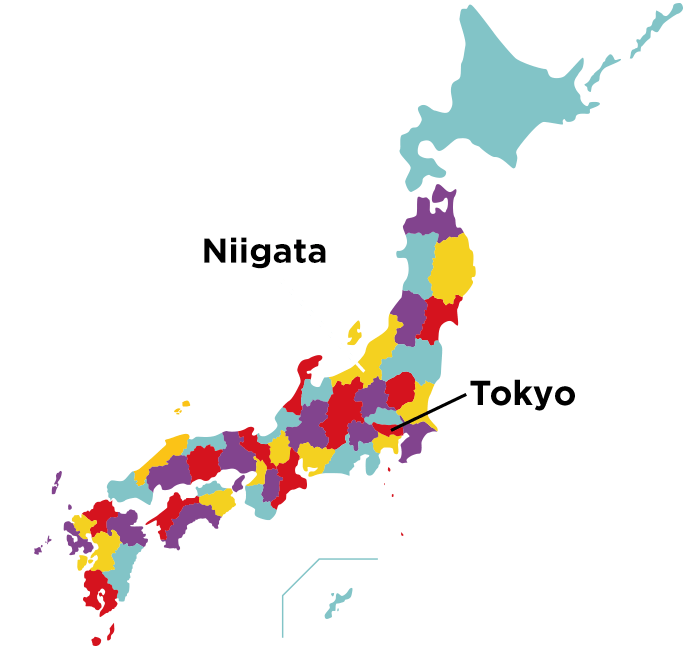Japanese tea ceremony engages all of your senses. Begin by sitting in the traditional seiza (kneeling) position and surveying your surroundings: smell the tatami floor and the smoldering hearth, inspect your handmade tea cup and hold it in your hands before tasting the bitter, fragrant and powerful matcha green tea alongside a delectable Japanese wagashi sweet. The intricate ritual has a number of rules, but your ceremony master will guide you through the motions of this ancient practice. Learn to appreciate each passing moment through this unique manner of savoring Japanese green tea. Hopefully you’ll come away with a greater appreciation for the smaller things in life.
 Activities part1
Activities part1
Tokyo
Tea Ceremony
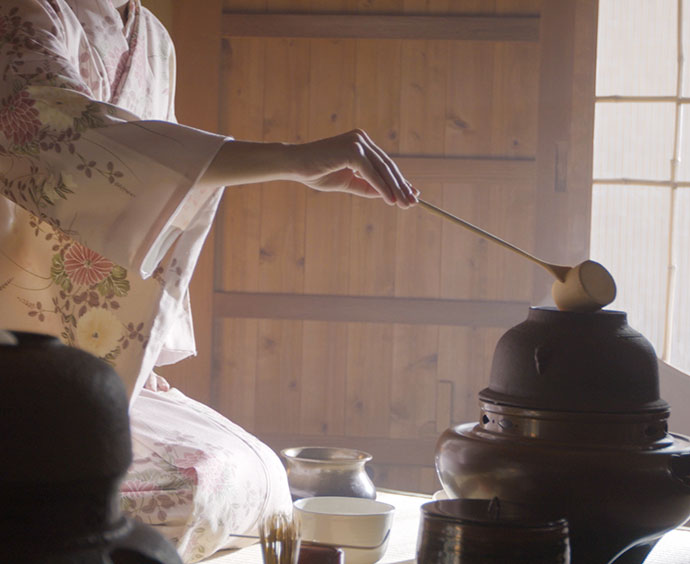
Rickshaw
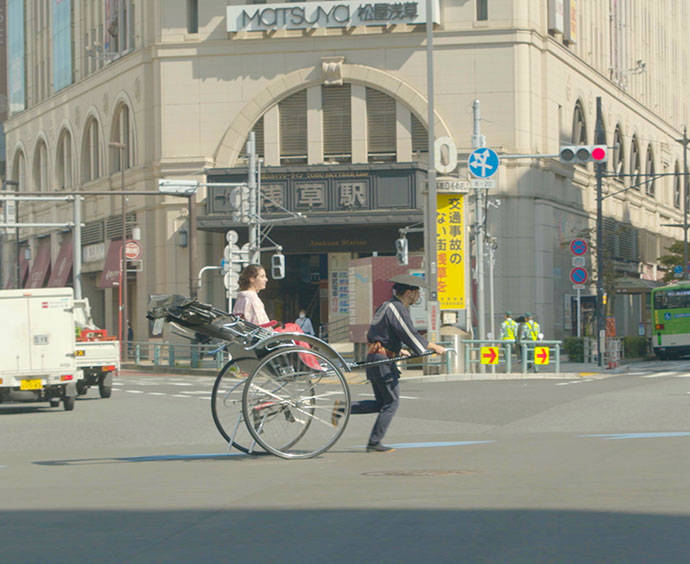
Travel back in time with a traditional rickshaw ride through one of Tokyo's most historic neighborhoods. The word rickshaw comes from the Japanese jinrikisha, which means “human powered vehicle,” and you'll find many of these able-bodied operators around Sensoji Temple in Asakusa. They also act as knowledgeable guides ready to steer you through unique shopping streets, quirky alleyways and historical landmarks in the area. In addition to exploring the charms of old Edo remaining in this neighborhood, you can stop along the Sumida River for a photo opportunity against the backdrop of Tokyo Skytree, the highest free-standing tower in the world. For an unforgettable tour of Tokyo's old town, climb aboard a rickshaw and ride in style.
Amezaiku Candy Art
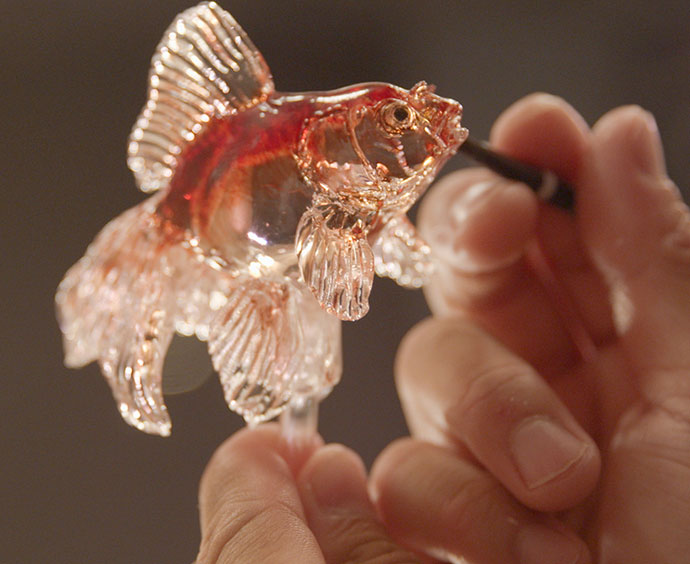
Traditional amezaiku candy art involves heating and molding candy into beautiful, intricate shapes. Craftsmen use their bare hands and minimal tools in candy creations that look like real-life goldish, cats and more. At first glance, you might think it’s blown glass, but these sweet and surreal creations are edible examples of time-honored Japanese culinary techniques pushed to new artistic heights. Amezaiku candy art is often available for viewing to the public alongside individual workshops. The candy masterpieces are perfect gifts for children, and will please the sweet tooth in your life, too.
Yamagata
Yamabushi Training
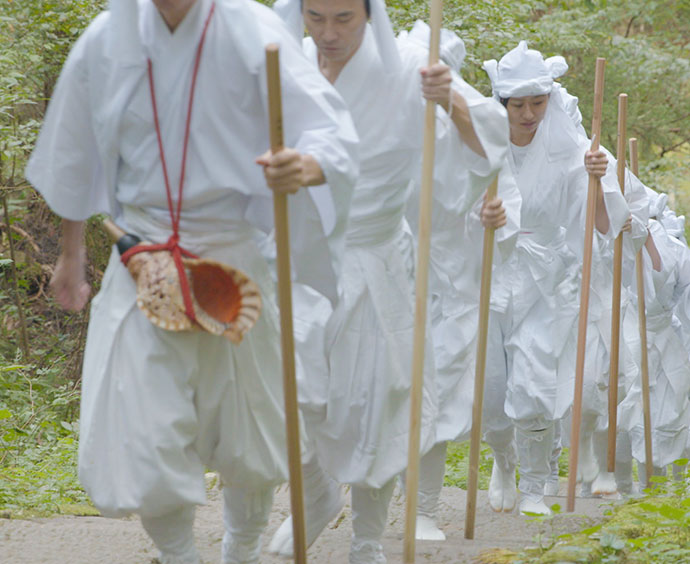
On the Three Mountains of Dewa in Northern Japan’s Yamagata Prefecture, embrace the opportunity to train as a yamabushi, or mountain ascetic hermit. This ancient type of asceticism focused on death and rebirth has had many followers since antiquity, and includes strict disciplines such as fasting, water abstention, dhuta practice (shaking off earthly desires) and namban ibushi (exercising patience). While it sounds grueling, the Yamabushi Training Workshop will give you a chance to remove yourself from the secular world and become mindful of our modern conveniences and impulses. To become a yamabushi is to absorb energy into your body, assimilate with nature and understand how you coexist with it. Take the chance to experience Japan’s ancient spiritual culture, and it might change your outlook on life.
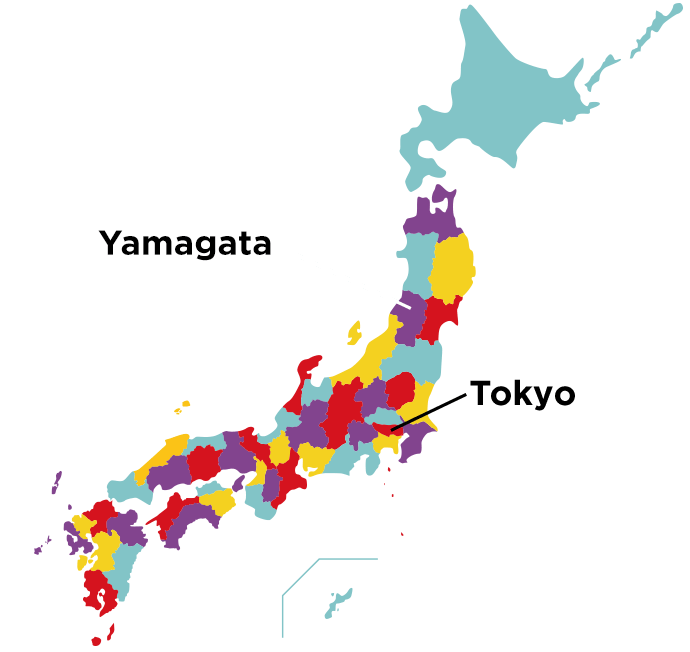
Miyagi
Date Busho Samurai Troupe
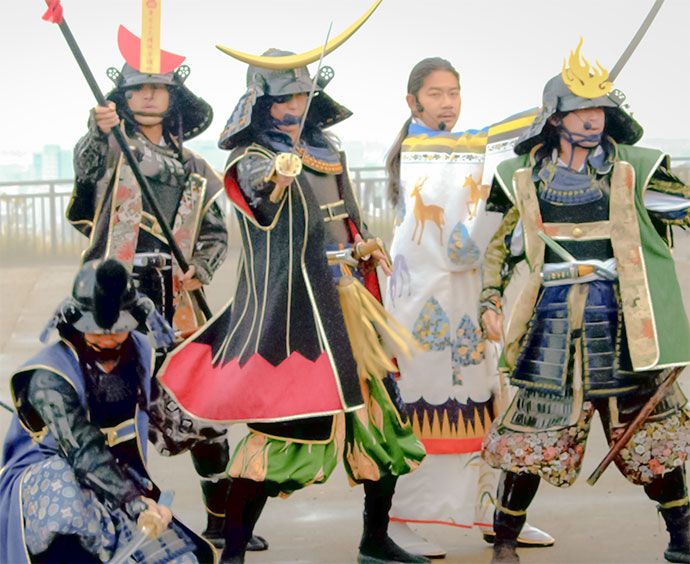
The Date Busho Samurai Troupe was formed in 2010 in Sendai, Miyagi Prefecture to promote tourism in Sendai and Miyagi. Through lively performances in samurai outfits, the troupe reenacts sword battles and military exercises, giving visitors a taste of Japanese history. They also promote tourism to the Sendai Castle Ruins (Aoba Castle), and visitors can have their photo taken with the historical figures represented. The troupe also participates in promotional events to encourage people to learn more about Sendai and Miyagi. The troupe is very active on YouTube, and if you travel to Japan’s northern regions, look for a chance to check them out!
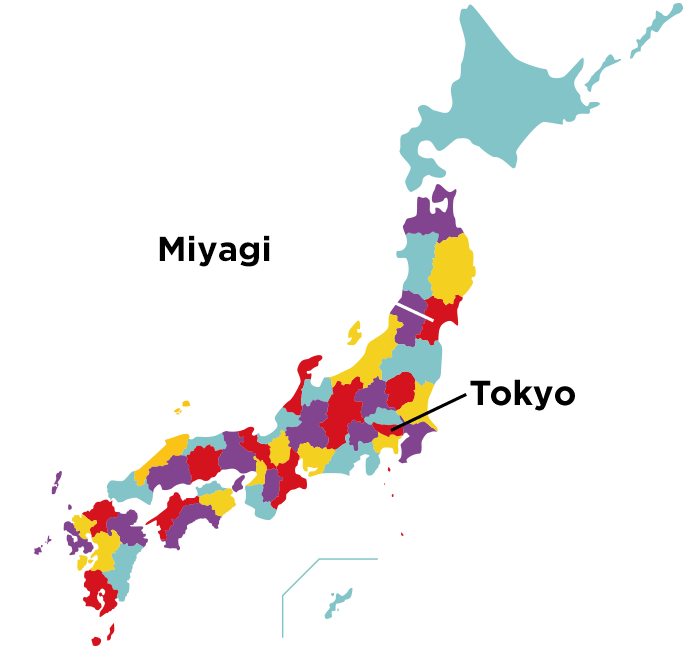
Miyagi
Kokeshi Doll Painting
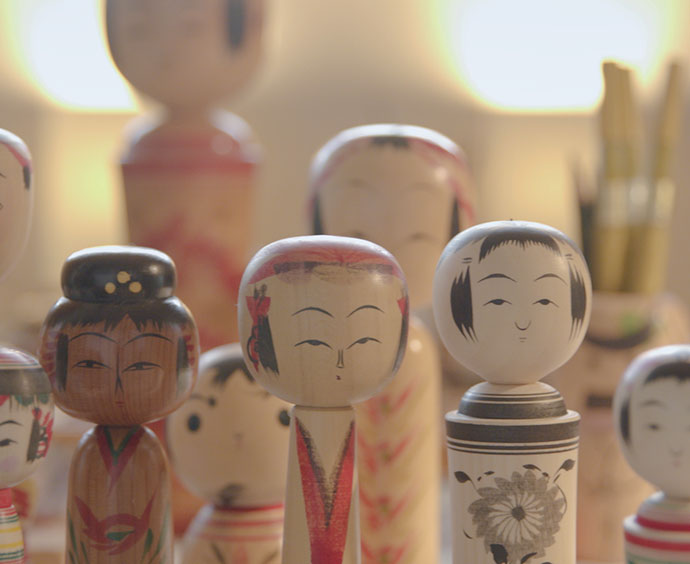
Wooden kokeshi dolls are a unique traditional Japanese craft. The handmade dolls generally have floral and/or ringed designs painted in red, black and other colors before being covered with a layer of wax. The dogwood timber used is generally left outside to season for six months to one year before carving. In this workshop, you can customize the face of your own kokeshi doll and have it finished by a professional. Design it after yourself, your favorite superhero, or a Japanese character. You can also try your hand at creating a Japanese spinning top, which makes a unique gift for kids.

Fukushima
Nisshinkan Samurai School
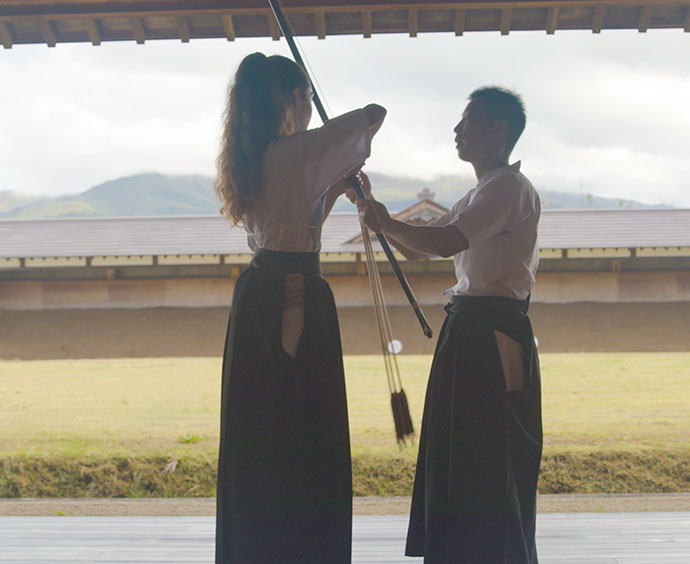
The Aizu Clan of Fukushima Prefecture had one of the largest and highest-quality schools for samurai children in the Edo era (1600-), named Nisshinkan. Here, the children studied both academics and the martial arts, honing their minds and bodies. Today, the school has been restored as a memorial museum where visitors can participate in workshops for archery, painting, Zen meditation and tea ceremony. (Most workshops require a reservation.) Nisshinkan is the perfect day excursion to experience samurai culture and immerse yourself in Edo Japan.
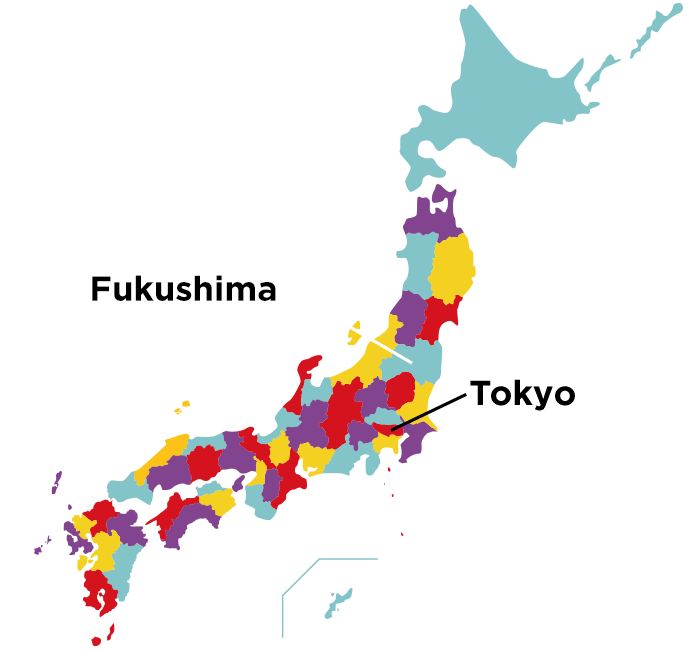
Akita
Namahage Folklore
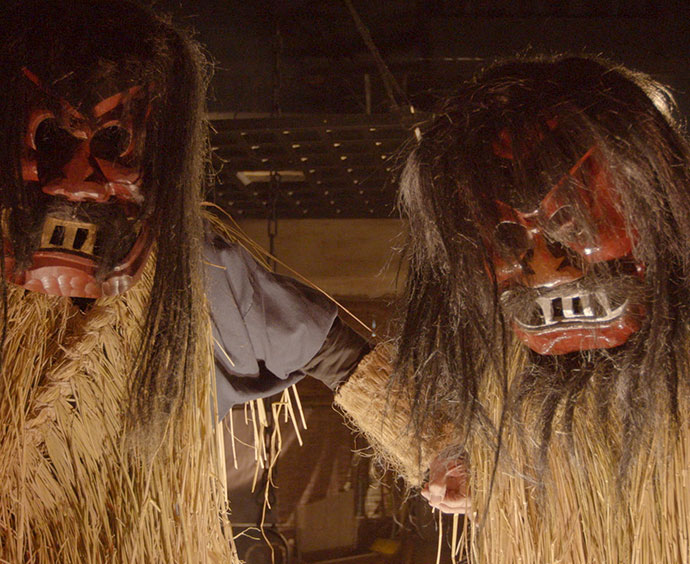
In Oga, Akita Prefecture, namahage is ubiquitous as a cultural folklore phenomenon. Namahage refers to a demon-like being portrayed by men wearing heavy oni (demon) masks and straw capes during a New Year’s ritual. They make the rounds of houses in the villages, sometimes bursting into the houses (with permission) to search for young wives and children. In a formidable, guttural scream, the namahage encourage them to work and study hard, and obey their parents and family members. Namahage are welcomed into each home as auspicious divine spirits that bring good harvests and plentiful fish hauls. At the Oga Shinzan Folklore Museum, you can enjoy a captivating show depicting how the drama plays out, including an entertaining exchange between namahage and the families in a replica traditional Japanese thatched-roof home.
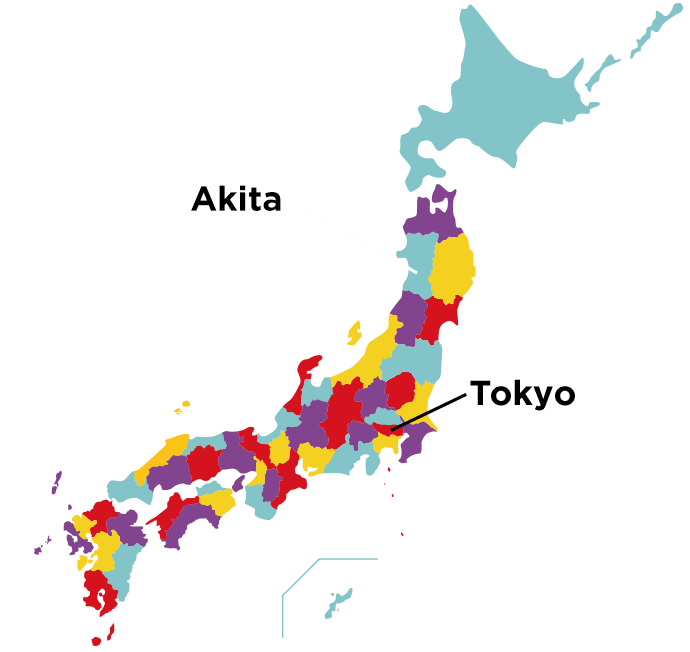
Tokushima
Ai-zome Indigo Dyeing
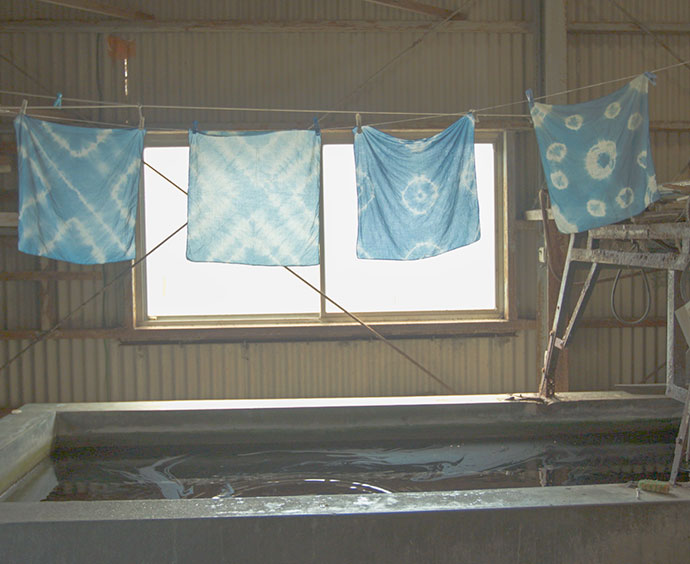
Ai-zome is a traditional Japanese dyeing method used to produce a deep, luxurious indigo color since ancient times. Because it required large volumes of water, it spread in towns near clean rivers, and Tokushima on the island of Shikoku became the center of this tradition. In Tokushima today, you can browse a large selection of ai-zome indigo products for sale at this facility, including ever-popular scarves, bags, t-shirts, curtains, umbrellas and hats. Ai-zome indigo dyeing workshops are also available for those who want a hands-on experience. Take the challenge and try to recreate one of the items on sale!
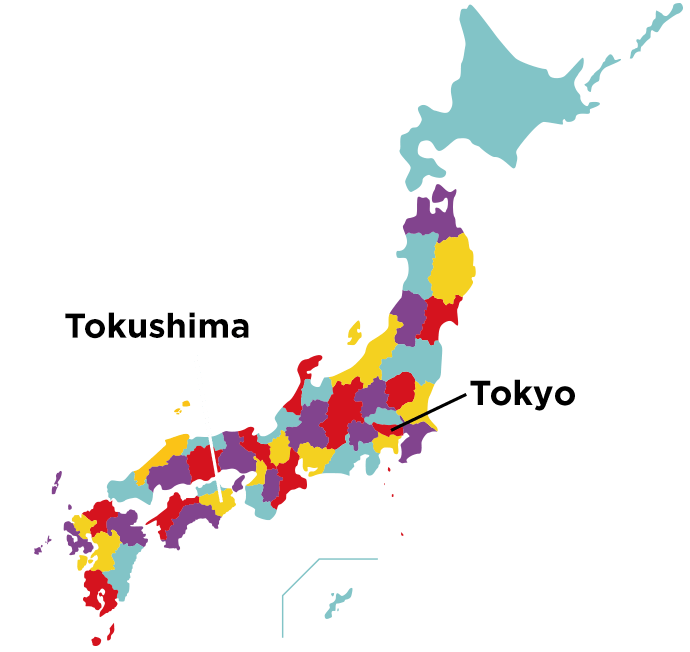
Kagawa
Soy Sauce Factory Tour
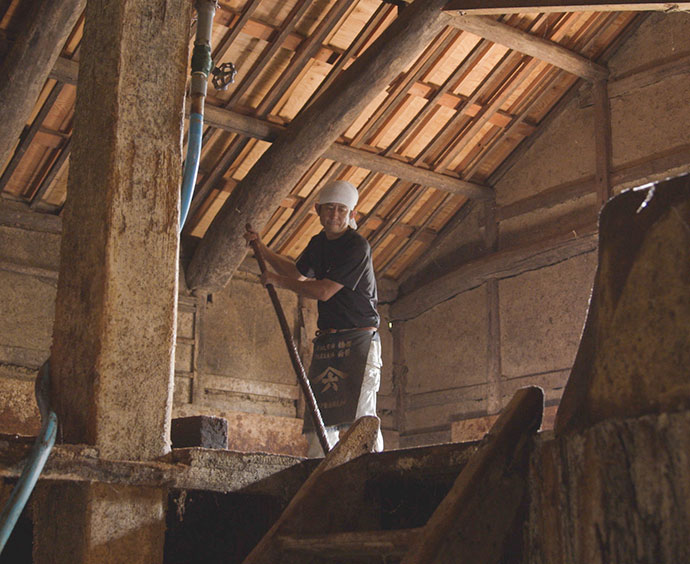
Soy sauce is central to the Japanese diet. Here, on the gorgeous island of Shodo-shima in Southern Japan’s Seto Inland Sea, experience how the fermented soy bean product is handmade during a free tour of the Yamaroku Soy Sauce Factory. Your tour guide will detail a few secrets of the natural fermentation method that gives Yamaroku soy sauce its fantastic depth of flavor. The adjacent tea house also provides a chance to enjoy grilled mochi rice cakes (winter only) and desserts made from with soy sauce. Of course, the artisan soy sauce is available for purchase, alongside a few other select Japanese culinary items.
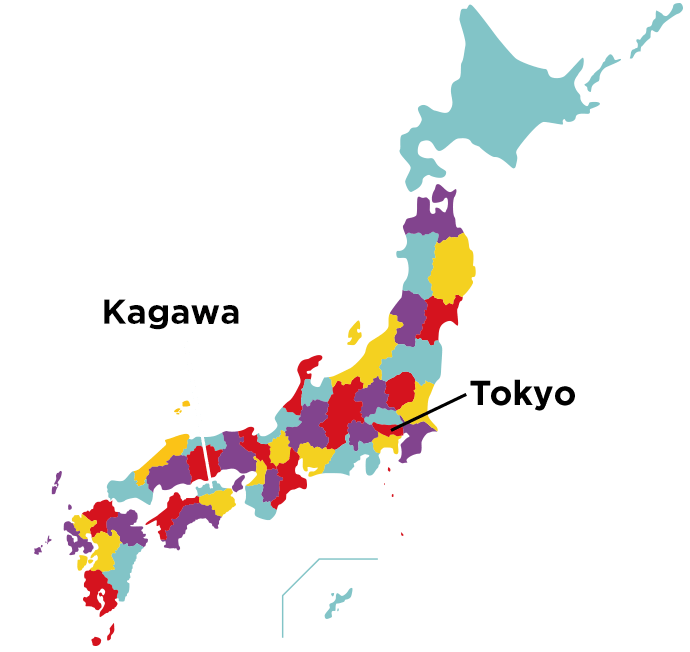
Niigata
Combined Café Gotokuya Jube
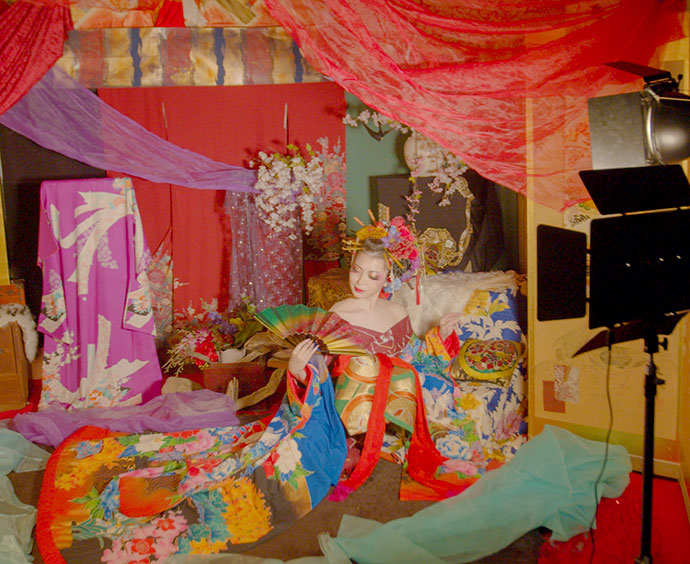
In Niigata City, this hybrid café, natural food and fashion store includes a Go lounge (the strategy game) and a kimono photography studio on the second floor, providing an engaging cornucopia of Japanese culture. A session at the studio includes professional hair and makeup for evocative, luxurious kimono shots—solo or with friends. Choose either flowery, vibrant kimonos or something more dark and gothic to capture incredible photos that will become unforgettable memories and Instagram posts! The hybrid café also serves as an event space for sake tasting seminars and other Japanese cultural experiences. Make sure to check out Gotokuya Jube when you’re in the Niigata area.
